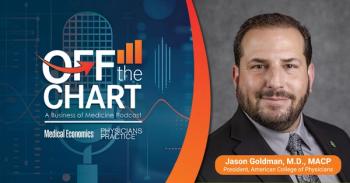
CDC tips to extend the life of N95 masks
As the coronavirus spreads across the globe, respirator shortages are already hitting hospitals across the world.
As the coronavirus spreads across the globe, healthcare practices are being forced to make tough decisions about medical supplies in the face of shortages and rationing.To help physicians, the Centers for Disease Control and Prevention has produced a tip sheet for extended use and limited reuse of N95 filtering facepiece respirators, the only ones currently rated to protect from the coronavirus.
Newsletter
Stay informed and empowered with Medical Economics enewsletter, delivering expert insights, financial strategies, practice management tips and technology trends — tailored for today’s physicians.
















